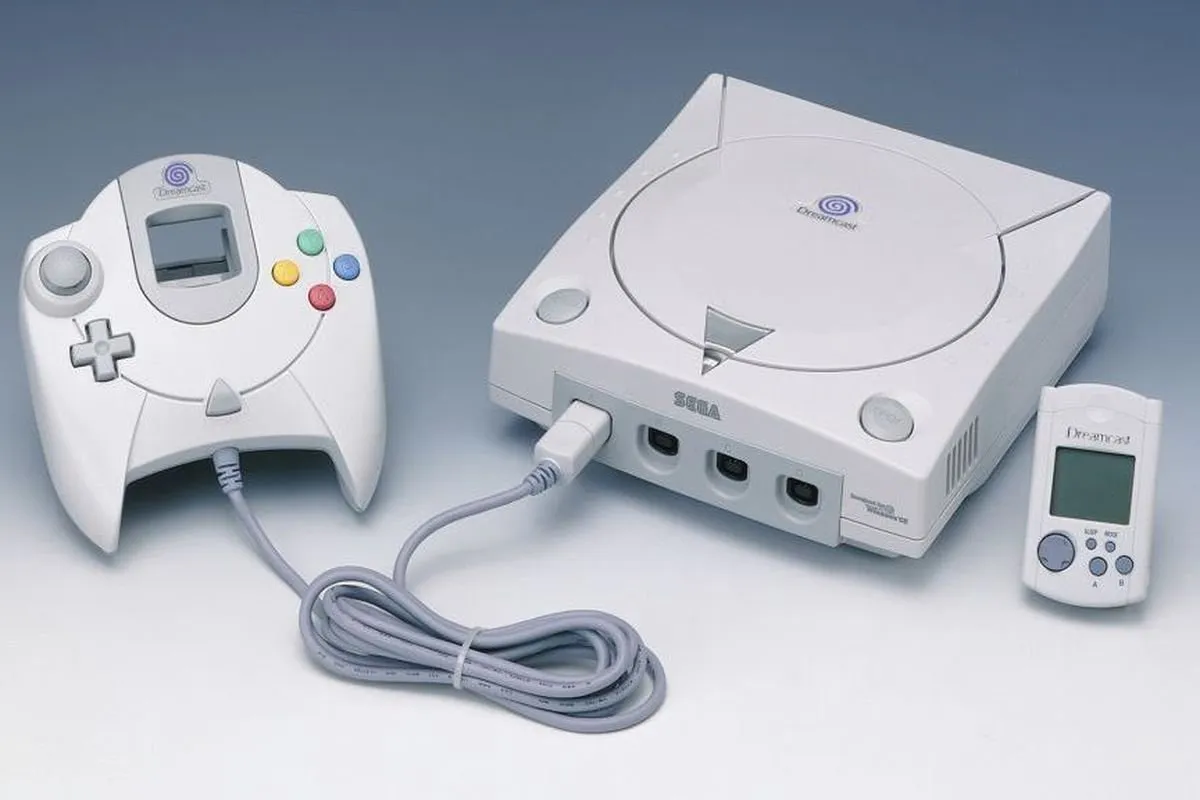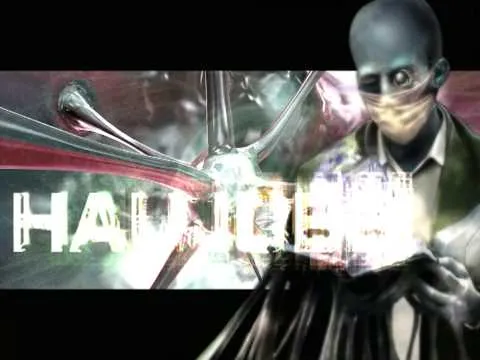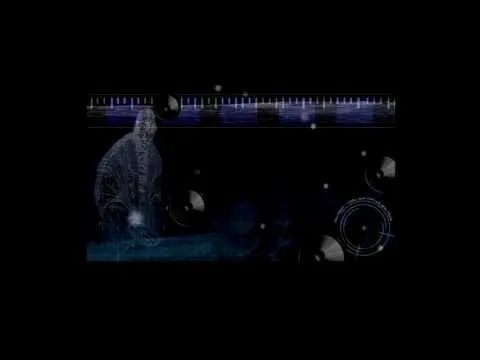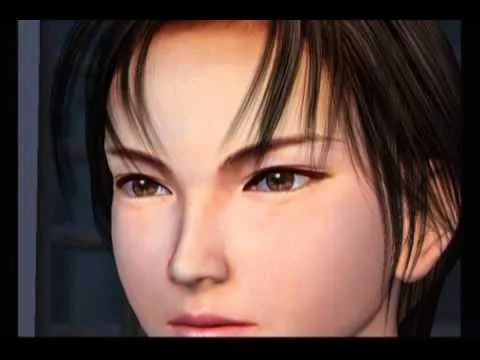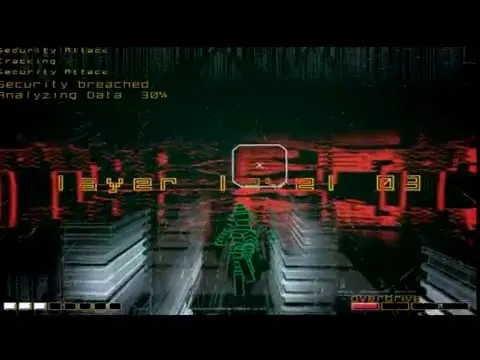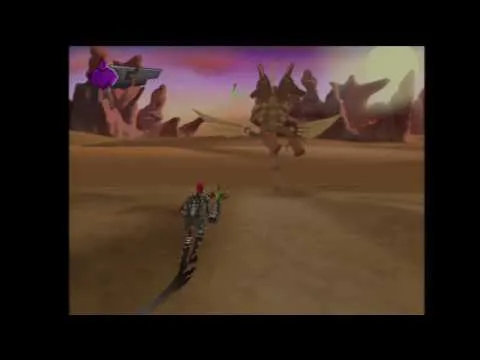The Sega Dreamcast was a really exciting machine. It was an unexpected return from Sega, who many feared wouldn't make another console after the Saturn flopped. It also boasted mind blowingly good graphics, a sort of half-generation leap beyond the N64 before anybody expected a new console to come out.
This gave it a huge head start over the actual next generation of consoles, so for a long time it had the best graphics in town. It pushed just enough polygons that game artists could at last make characters who looked the way they were intended to, instead of being angular and pointy due to polycount constraints like on the N64, PS1 or Saturn.
It lacked shaders that the Xbox and Gamecube brought to the table, but compared favorably to the PS2 for a machine released a year prior. If you had a vision for a game, Dreamcast had just enough power that you could achieve it without significant compromise.
For the first time, a console utilized the full resolution of televisions. The Dreamcast displayed games in 640 x 480 where the previous generation of consoles typically displayed at 320 x 240, depending on the fuzziness of analogue televisions to hide it. It also had many games that ran at 60fps, a feat managed only by a few fighting games on the 32 bit machines.
Unsurprising then, that it should receive some truly stunning scene demos. Like "Variance", by Hajuobb:
You can see the Dreamcast texture resolution was massively higher than anything seen on N64, even with the expansion pak. I enjoy the late 1990s feel of many of these demos, such as "Delicious" by Yodel:
The music, the motion graphics, the 3D models...demos are where engineering meets art. They are the ghost in the machine, the soul of the silicon created to show the world the very best it can do when mastered by patient, brilliant artists.
But what of actual games that achieved graphical fidelity on the Dreamcast beyond what had been seen before? Some games still manage to look good even to this day, thanks to clever designers working around the system's limits and texture and model artists whose work stands on its own regardless of the medium.
Shenmue is a good example. The facial detail and animation in particular went far beyond anything seen in games before, as you'll witness in this clip from the Shenmue Passport disc:
Of course they manage such impressive detail by only rendering the head, shoulders and a very basic backdrop. But it goes to show that clever design which works around the limits of a machine can achieve results that stand the test of time.
Ecco the Dolphin: Defenders of the Future is another Dreamcast game that blew minds when it came out because of the fluid animation of Ecco himself, and the resplendent visual quality of his underwater environment:
Rez is a game which achieved lasting visual appeal by not attempting realism. Instead, it devoted the graphical power of the Dreamcast to surreal, abstract visuals which don't resemble anything real, so they can't fall short of that target. In doing so, Sega created a game which remains beautiful and interesting to look at to this day:
But let's not get hung up on games that came out during the Dreamcast's lifespan. The Dreamcast, being such a beloved machine, has an ongoing "second life" thanks to devoted game designers who continue to release homebrew games for this platform.
In my opinion the most visually, technically masterful of these "post-mortem" releases is Sturmwind. It blends real time 3D polygons with animated, pre-rendered trickery to achieve a level of graphical quality which is seemingly impossible to those who know what the system "should" be capable of:
There's lots more to check out on the Dreamcast, as it continues receiving new titles. Xenocider, seen below, is a shining example of one of the more advanced homebrew titles on the way for the Dreamcast. I do not mean to present it as an example of graphical excellence necessarily, but an indication of how far the homebrew community has come:
That's all for now. Stay tuned to see more classic gaming machines twisted, pushed and coaxed into achieving visuals that seem like they can't possibly be coming from such humble old machines. As well as just enjoying a retrospective of their proudest moments, while they were the state of the art.
